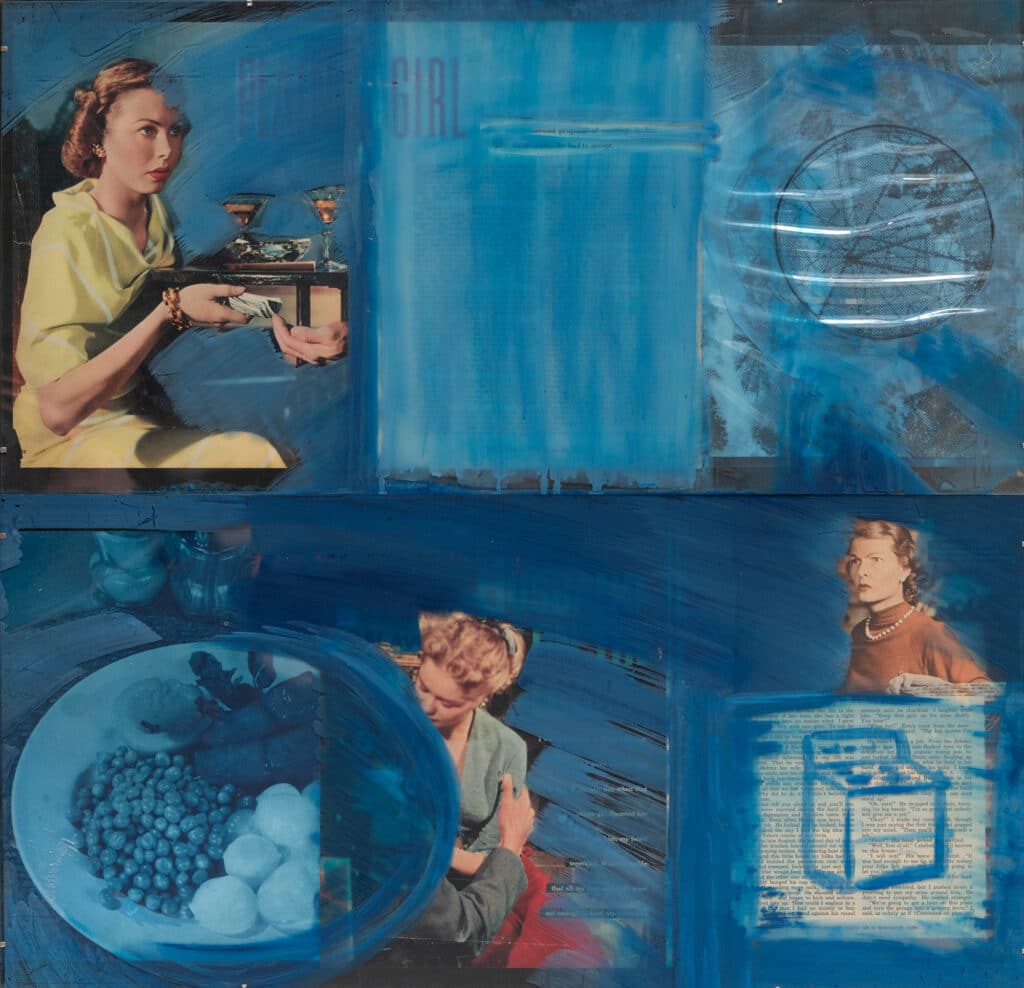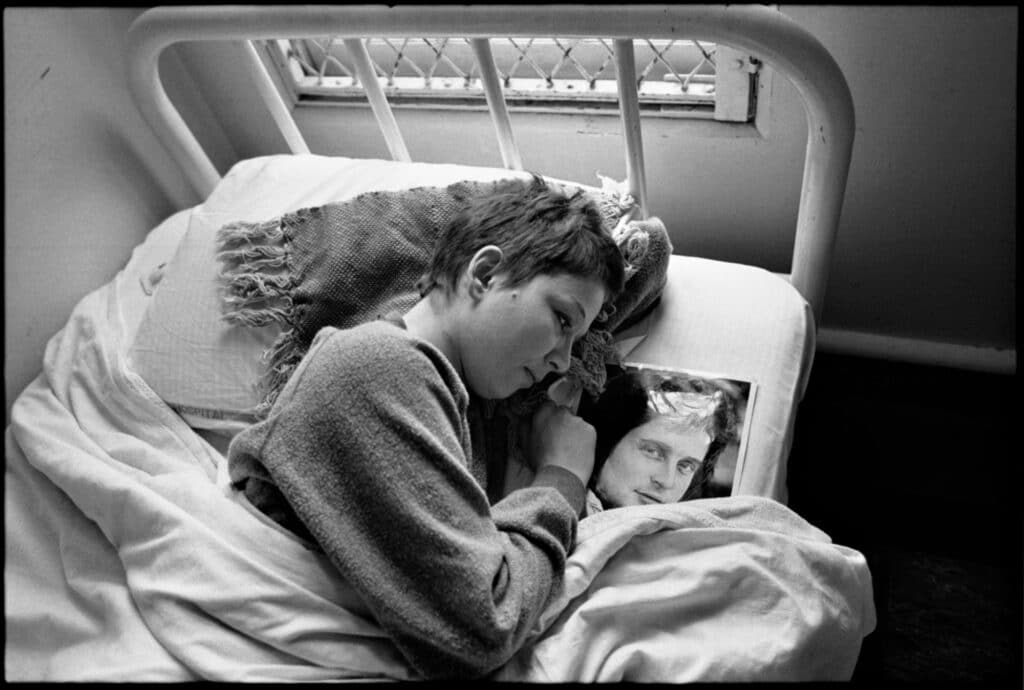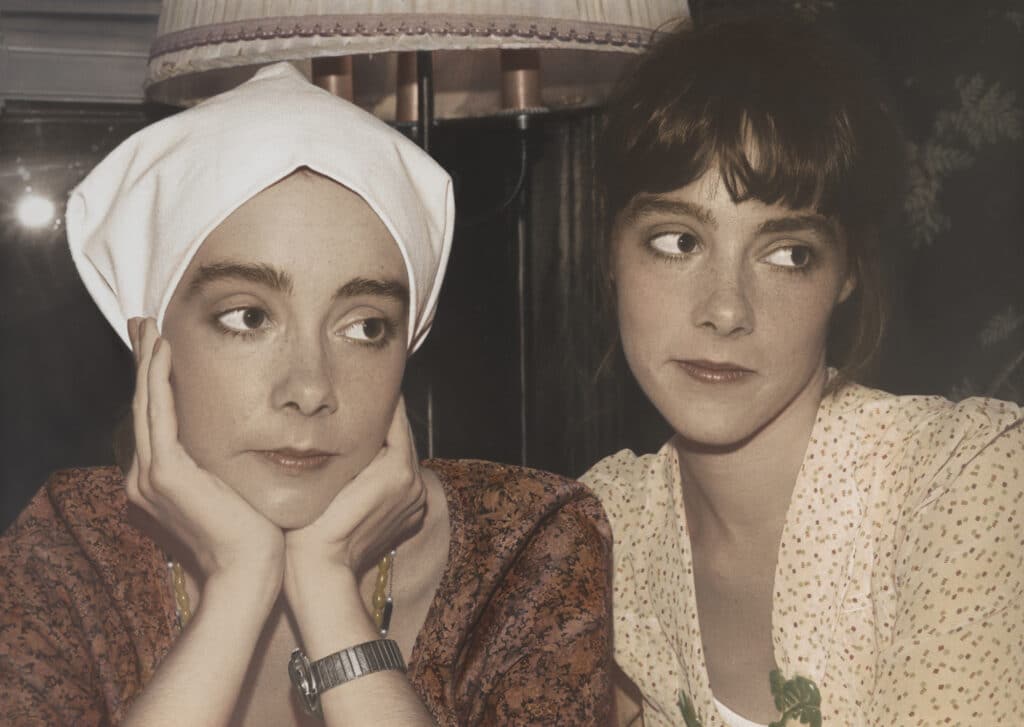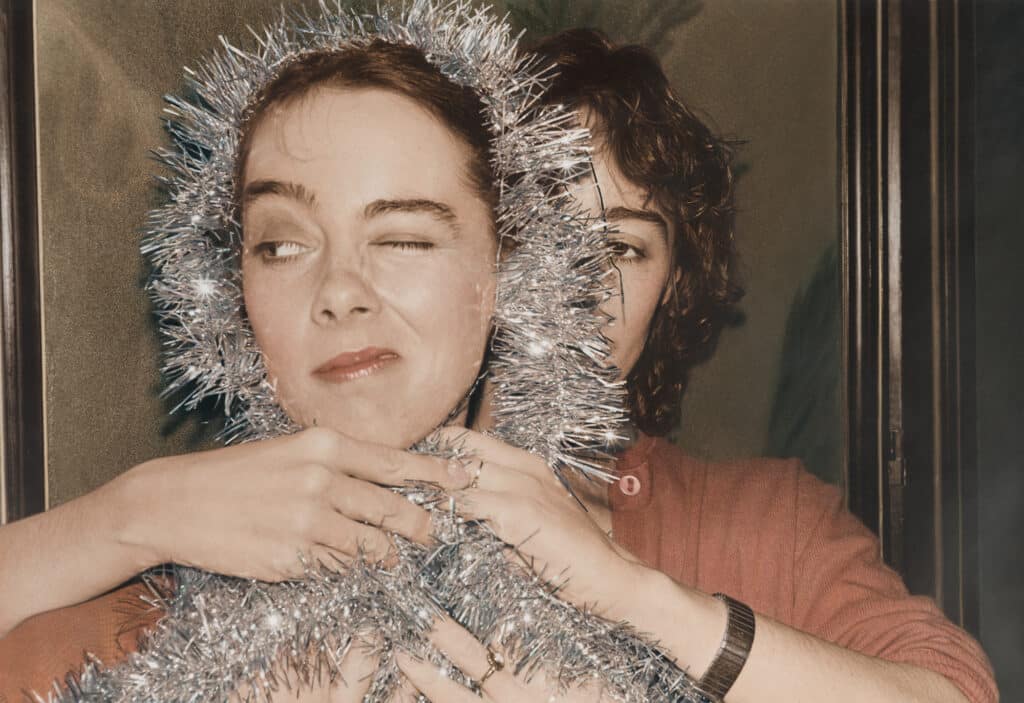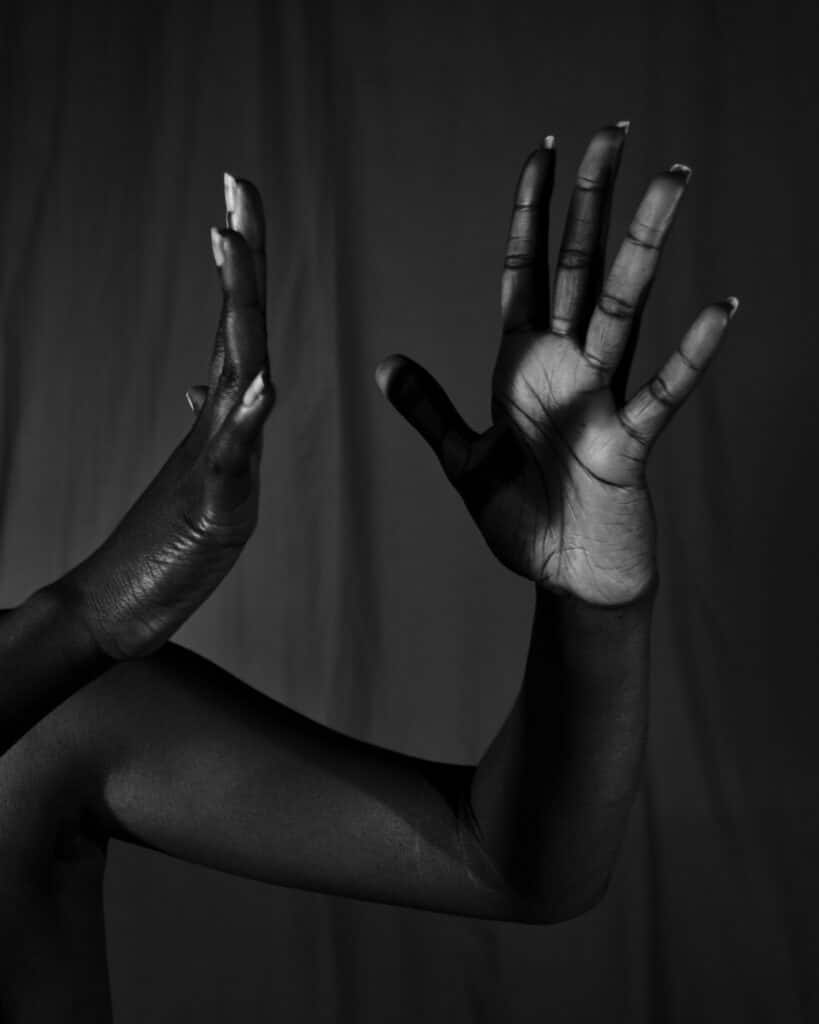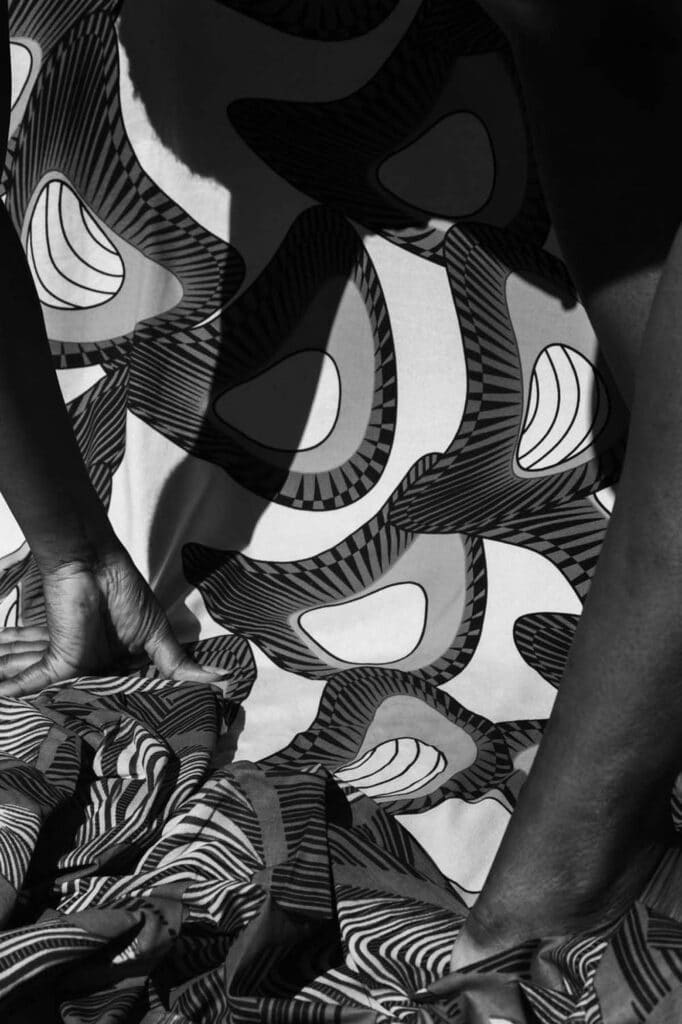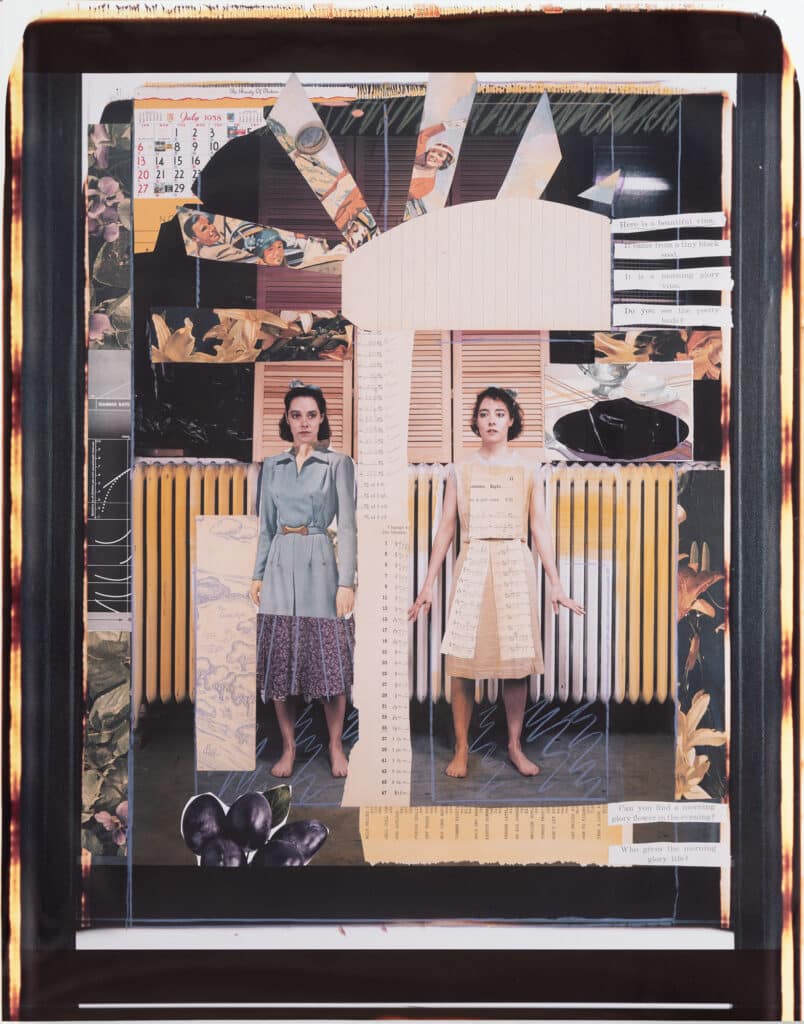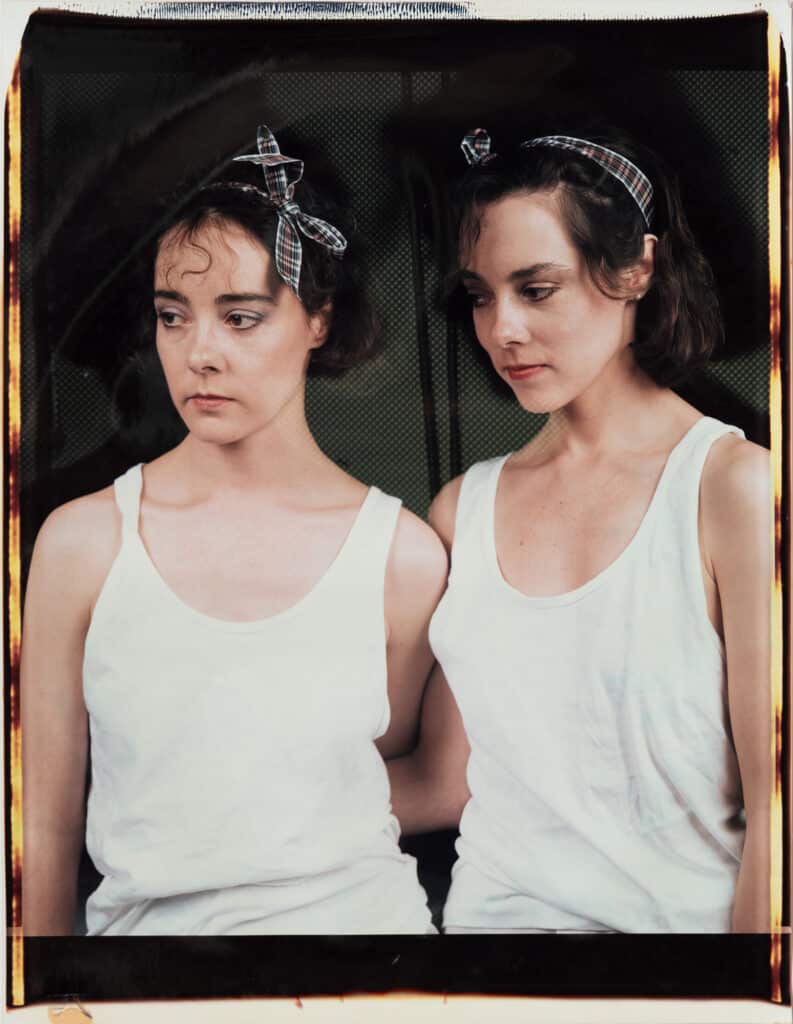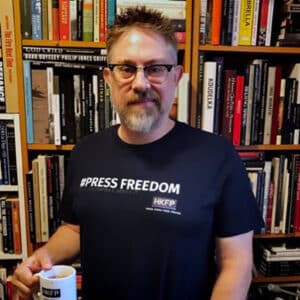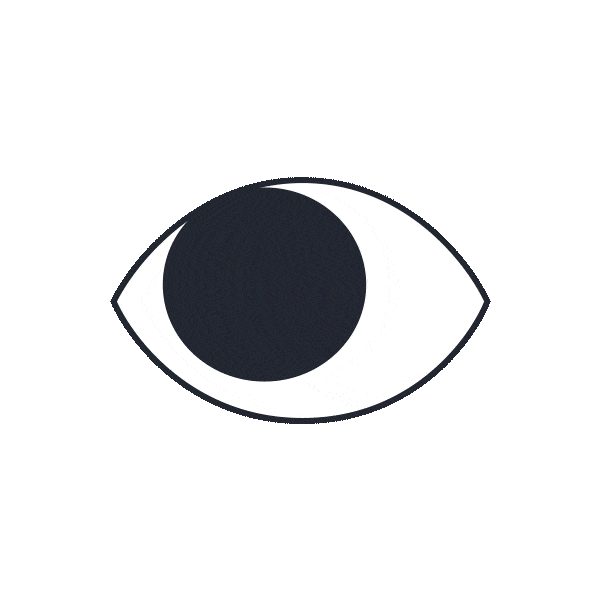Situated 90 miles North of New York City, the Center for Photography at Woodstock (CPW), was first founded in 1977 by then-photographer Howard Greenberg and Michael Feinberg. Originally situated within the town of Woodstock, New York, over nearly 50 years the CPW established a distinguished record as an organization that connected photographers with engaging exhibitions, learning and printing facilities, lectures and panels, and a photography library and collection.
In 2022, CPW relocated to Kingston, NY. Its new space, the former Van Slyke & Horton cigar factory, is now having its grand opening for the first phase of its new renovation of the space, directed by the architectural firm Lopergolo + Bartling Architects. “It’s been incredible working with CPW to realize their vision for a transformed facility in the heart of midtown Kingston,” says Erin Bartling, co-founder of Lopergolo + Bartling. “Now that Phase One is completing, 25 Dederick is coming to life with CPW’s impressive caliber of programming. We look forward to continuing our work on Phase Two and the additional opportunities this space will bring to the local community, artists, visitors, and art patrons in just a few short years.”
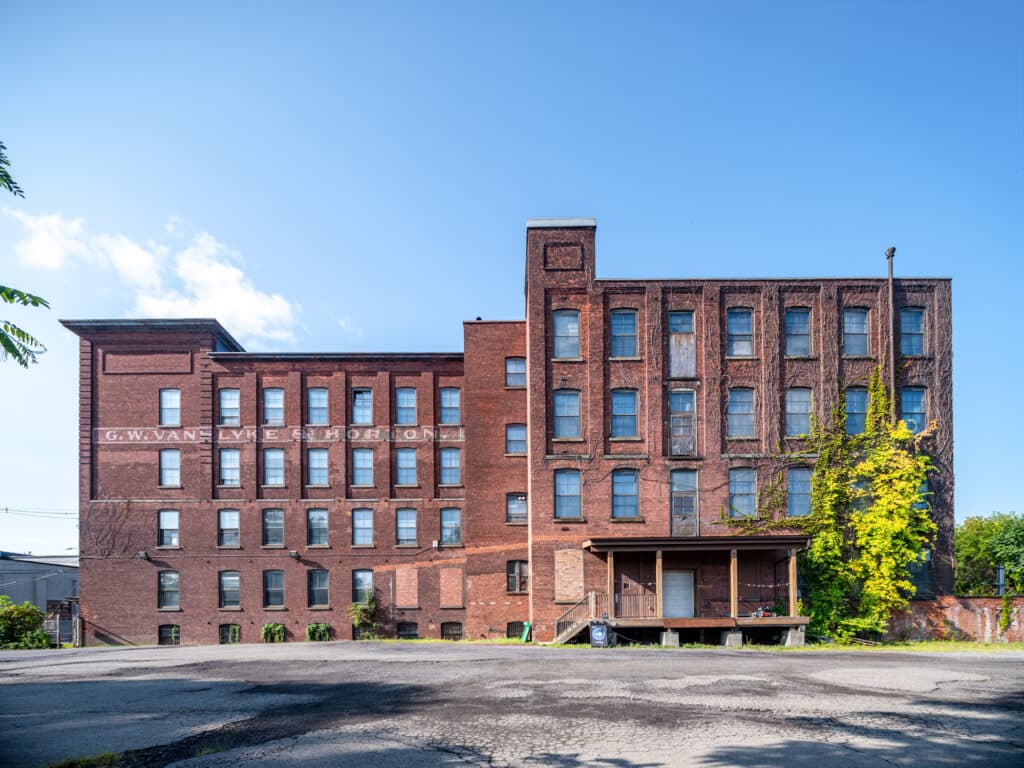
The first floor of the renovated factory now houses 6,000 square feet of exhibition space. While the 2nd flood contains an expanded digital media lab with high end printers and production facilities for creating artists’ books, workshops, offices, meeting rooms, a visitors’ lounge, and the CPW’s photo library of between 5000 and 600 books, and CPW’s photography collections, which has been put together over almost 50 years and contains around 4500 photographs.
For its grand opening, CPW is hosting 4 exhibitions in its new space, which explore photography in its many forms and styles.
The first exhibition is “Mary Ellen Mark: Ward 81”. In 1975, while photographing on the set of the movie One Flew Over the Cuckoo’s Nest, Mary Ellen Mark met several women who lived on Ward 81 of the film’s location, the Oregon State Hospital in Salem. Mark returned to the high-security psychiatric facility with writer and licensed therapist Dr. Karen Folger Jacobs to document life on the ward through photographs and recorded interviews. Jacobs and Mark lived in the hospital for 36 days, ultimately producing a nuanced and compelling record of the daily realities of the female patients, including their private thoughts, intimate interactions, and intense medical treatments. The exhibition was curated by Gaëlle Morel and Kaitlin Booher, and is accompanied by the book Ward 81: Voices, which was published by Steidl in 2023.
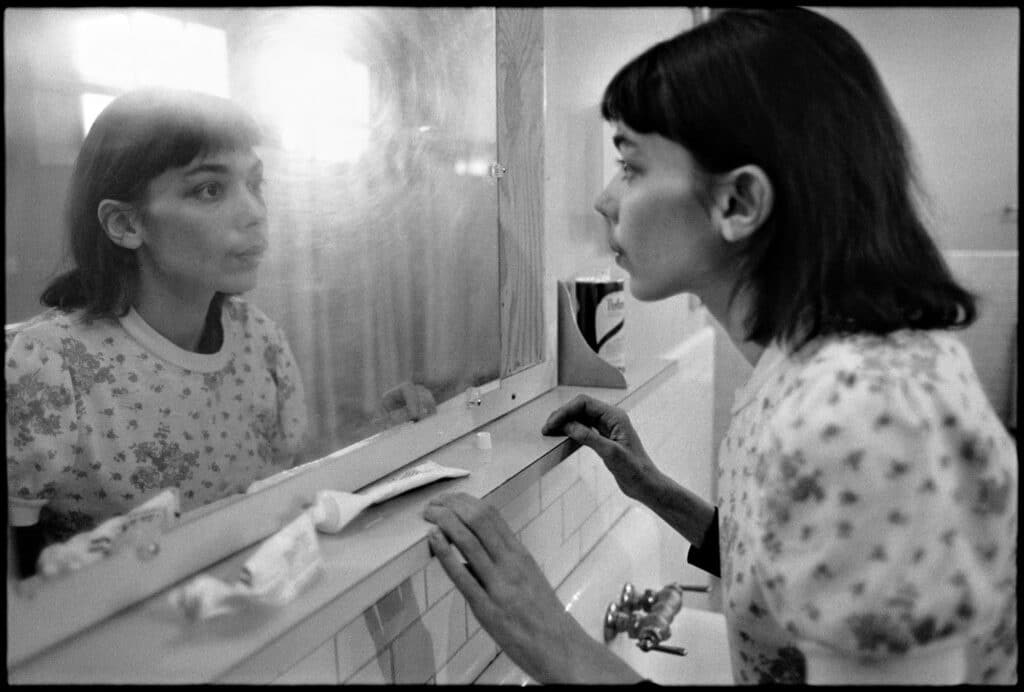
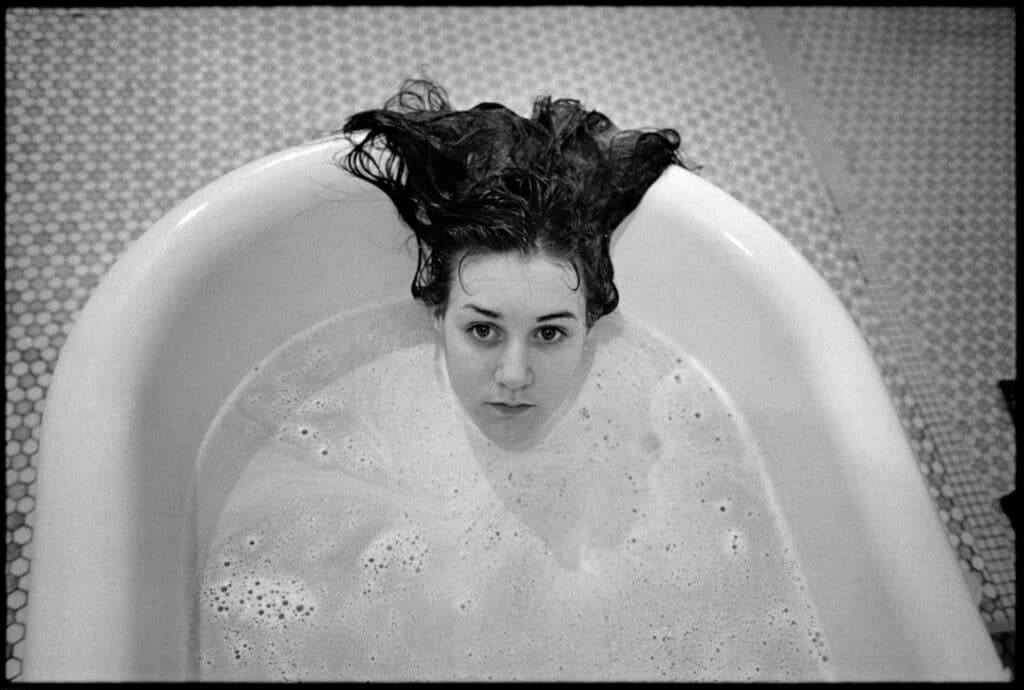
Second is “My Sister, My Self: Photographs” by Colleen Kenyon and Kathleen Kenyon. It is a celebration of the Kenyon Sisters, who co-directed the CPW for nearly 25 years. During the 1970s and ‘80s, photographers Colleen Kenyon and Kathleen Kenyon were part of the movement of female artists who challenged the photographic establishment with innovative approaches to the medium. Their work, shaped by their shared identity as twins, spans hand-colored photographs, collages, and collaborative projects. Curated by Tom Wolf and Laurie Dahlberg. Organized by CPW, this retrospective features the Kenyons’ most iconic works, and is presented at CPW in Kingston, NY, and at the Kleinert/James Center in Woodstock, NY.
“I was interested in the way their artwork reflects the relationship to feminism as it’s being articulated at that time, and how differently they face those questions in their work. Coleen Kenyan reflects on how difficult it is to find yourself in this position where feminists around you are rejecting ideas of beauty and what would be understood by the culture as femininity or decorative, because those things were things she was interested in as artis. She still insisted that she was a feminist, and she bristled against those restrictions on the idea of what a feminist is,” says Dahlberg. “And her sister, Kathleen, much more led with a critique of the media, and sexism and racism in media by availing herself of all the print material of the time. We’re drenched with this visual culture from the postwar period, where everything is a stereotype of hetero-normativity. White hetero-normativity. And so that’s what Kathleen was interested in. Grabbing hold of that, revealing its barely disguised messages to everyone, and turning that on its head.”
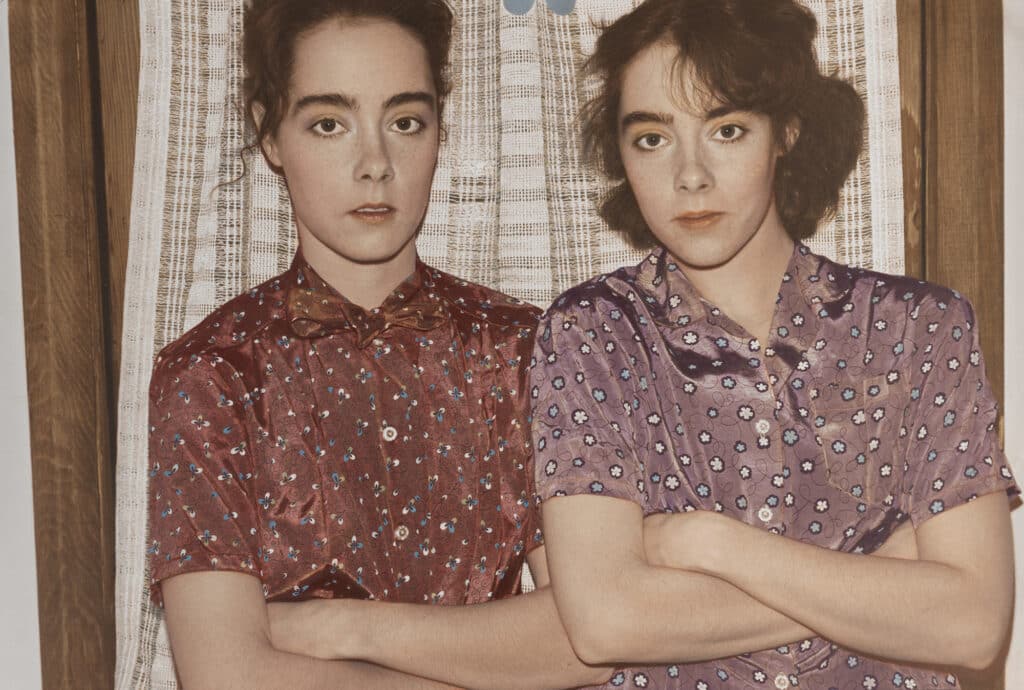
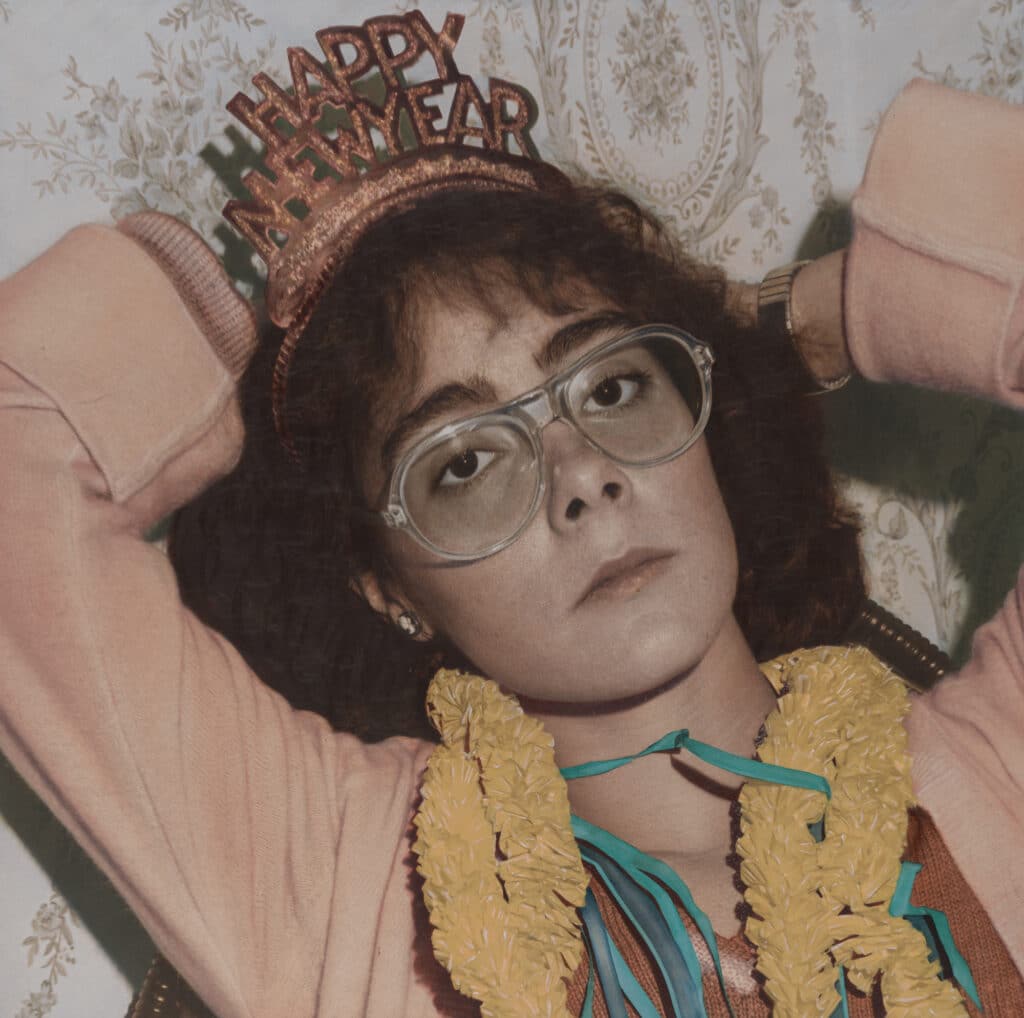
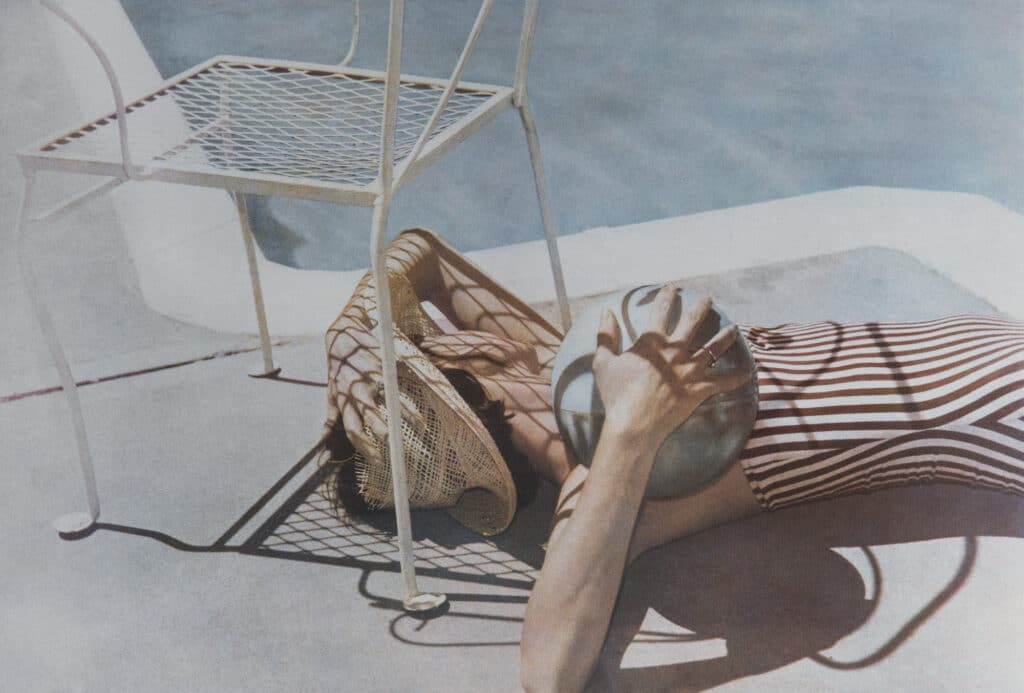
Third is Keisha Scarville: Recess. This one features the work of 2024 Saltzman Prize winner Keisha Scarville. Scarville explores diaspora, loss, and the unfixing of identity and body in her work. She makes photographs that consider her personal experience of in-betweenness, exploring notions of diaspora, transformation, belonging, and loss. In her photographs, she creates spaces, stages, and still lives, often using clothing and textiles belonging to her late mother. When Scarville invokes her mother’s presence in her works, she creates alternate, liminal places that engage both memory and the possibilities of abstraction.
“For this particular show, I wanted to think about what shadow holds as a liminal space, what shadow holds not only from this formalistic way, but also thinking about the metaphorical aspects of shadow. So ways in which the shadow obscures, the ways in which shadow demarcate space, the ways in which shadow offers a space of fullness and deeper-looking,” Scarville described at the press preview. “I wanted to collect images that think about, or ways in which I’ve been thinking about that, those spaces of obscurity, those spaces of activation, and just thinking about what does it look like when the focus isn’t so much on the light, but the focus is more so on what the shadow brings to the images and how that shapes the image.”
These 3 exhibitions will be on view through May 4th.
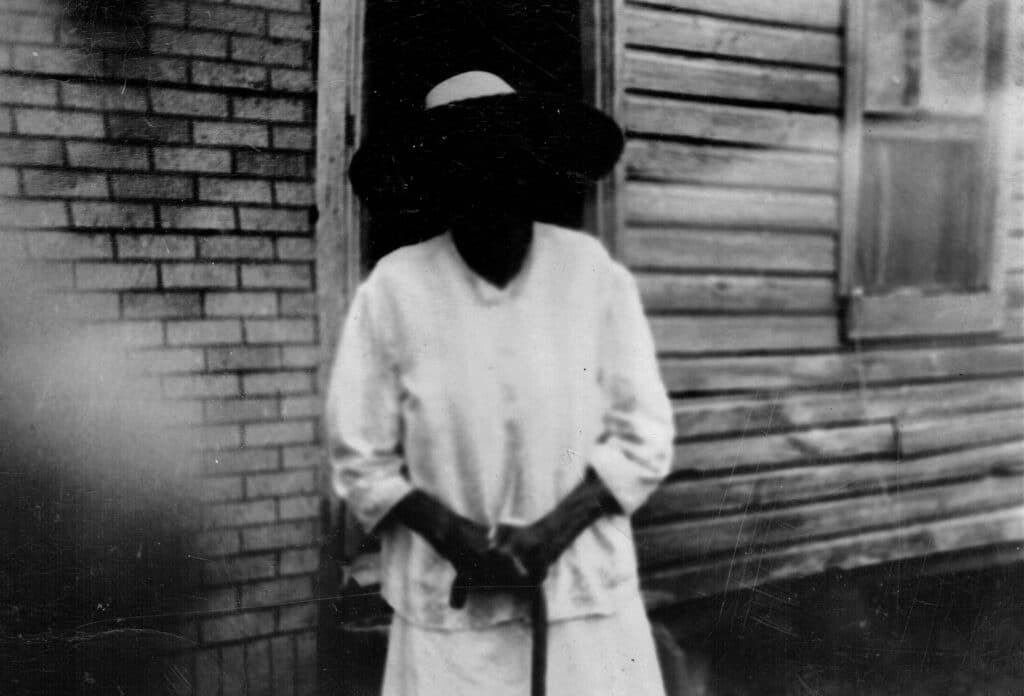
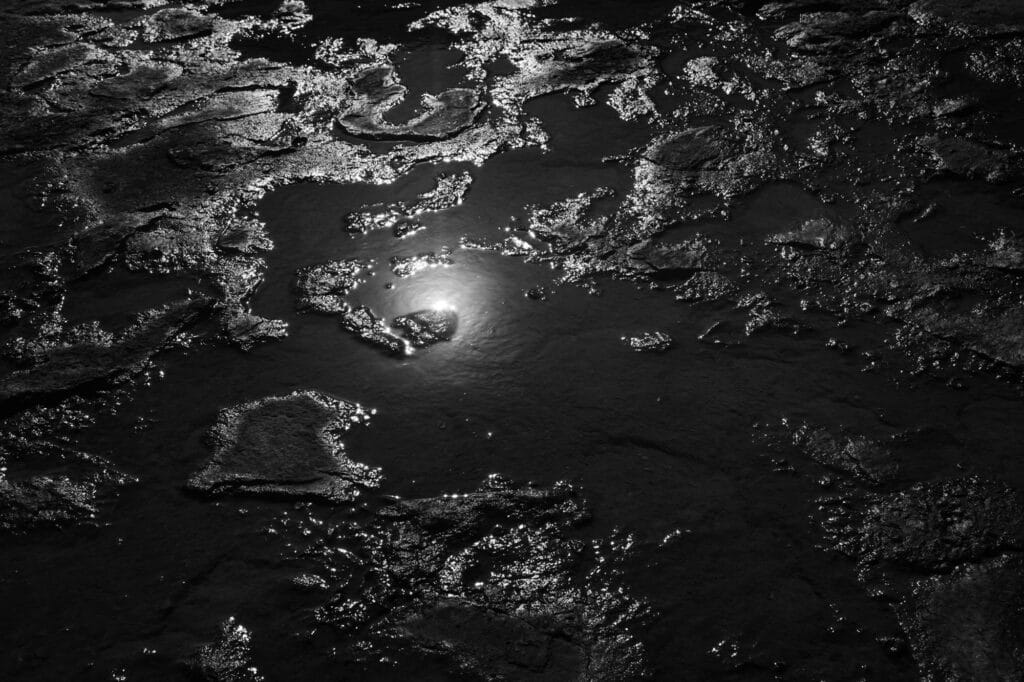
The final exhibition is titled Free, For All. It inaugurates the CPW Community Gallery, a new space dedicated to fostering connections between diverse local communities using photography. It features photographic works submitted through an open call held during the first 2 weeks of January. “For this show, we wanted to really offer an open door. So anybody working in the area could show up. And by area, our community extends as far as people want to come to see us. So anybody who could come physically with a work that was ready to hang was included. And the response was so overwhelming that we were doing two presentations,” says curator Marina Chao. “This first exhibition one has 213 works, and they include some of our closer CPW community members, the people who come often to use in the lab, people who come to our talks, people who have taken workshops with us, to people who tangentially CPW and are passionate about photography and saw the call.”
This first collection will close on February 16th, followed by the second part of the exhibition with another roughly 150 works.
With this reopening and a promising photographic program, CPW is set to become a significant cultural hub in Kingston’s evolving arts district, targeted for revitalization in the city’s 2022 Arts & Culture Master Plan. The project has already received over $2 million in New York State funding. “This is a thrilling step, transforming CPW from a one-room gallery in Woodstock nearly 50 years ago to a cultural anchor for midtown Kingston and the Hudson Valley region,” Brian Wallis, the Executive Director of CPW says. “The elegant rehabilitation of our historic building is the result of almost three years of hard work by our dedicated staff, our brilliant architects, our fantastic board and advisory board, and the whole Kingston community. Now, we can better serve our audiences, presenting exciting programs that are both community-focused and globally relevant.”
The Center for Photography at Woodstock is located at 25 Dederick Street in Kingston, New York. The galleries are open Thursday through Sunday from 11:00 AM through 5:00 PM. Admission is free. You can also follow CPW on social media: Instagram @cpw_kingston | Facebook cpw.kingston YouTube @cpw_kingston | X @cpw_kingston
